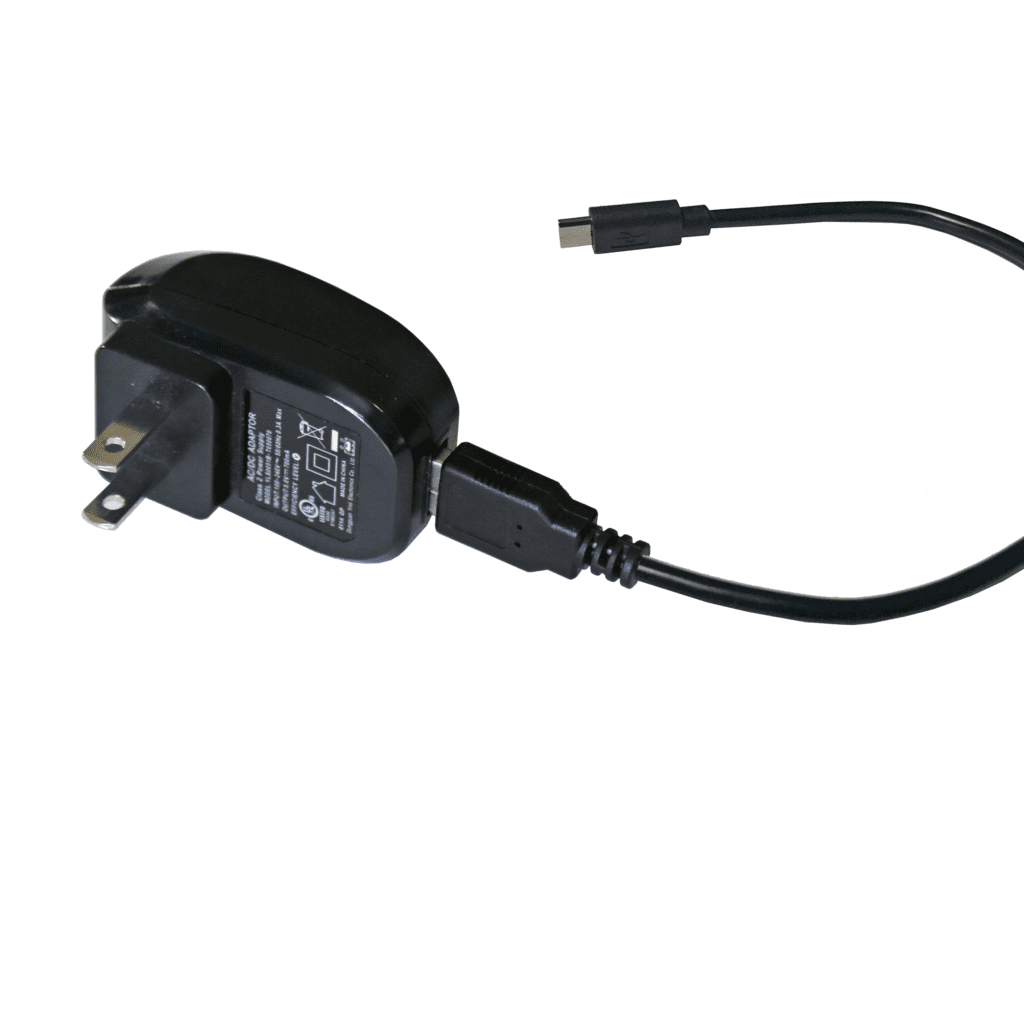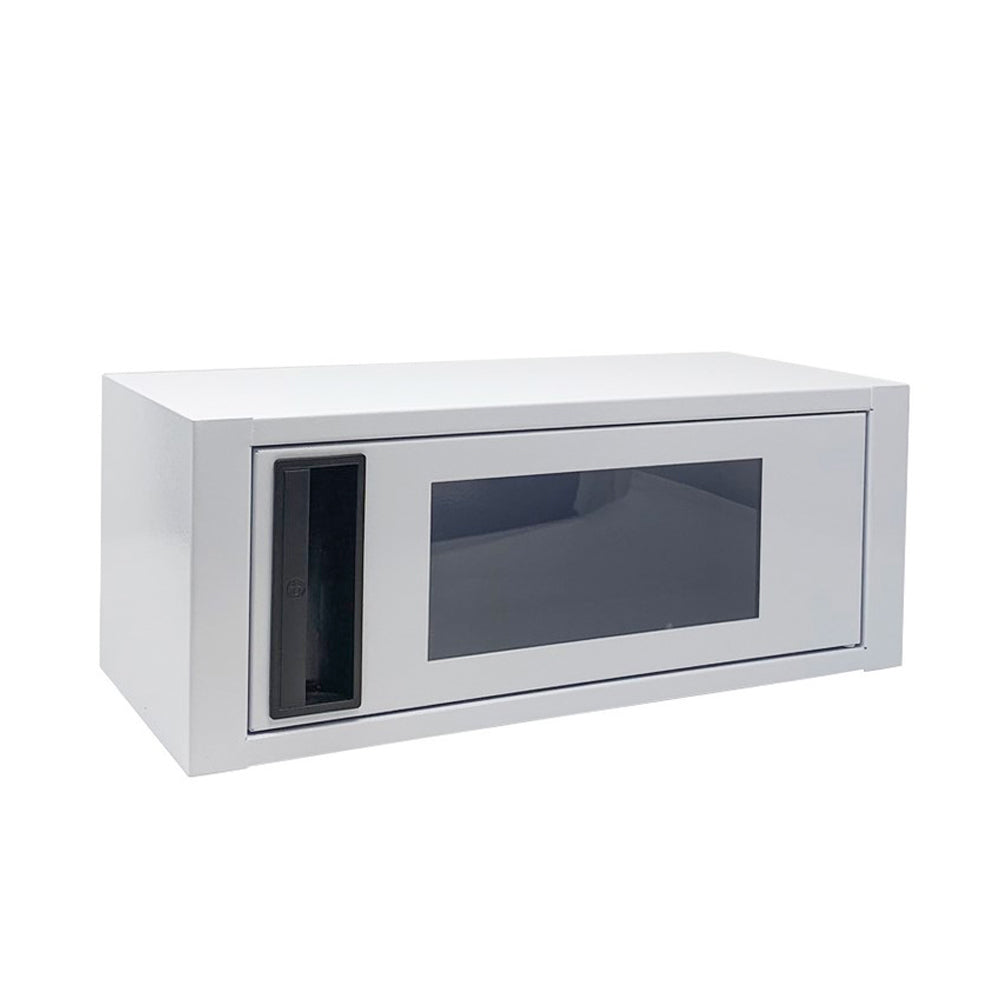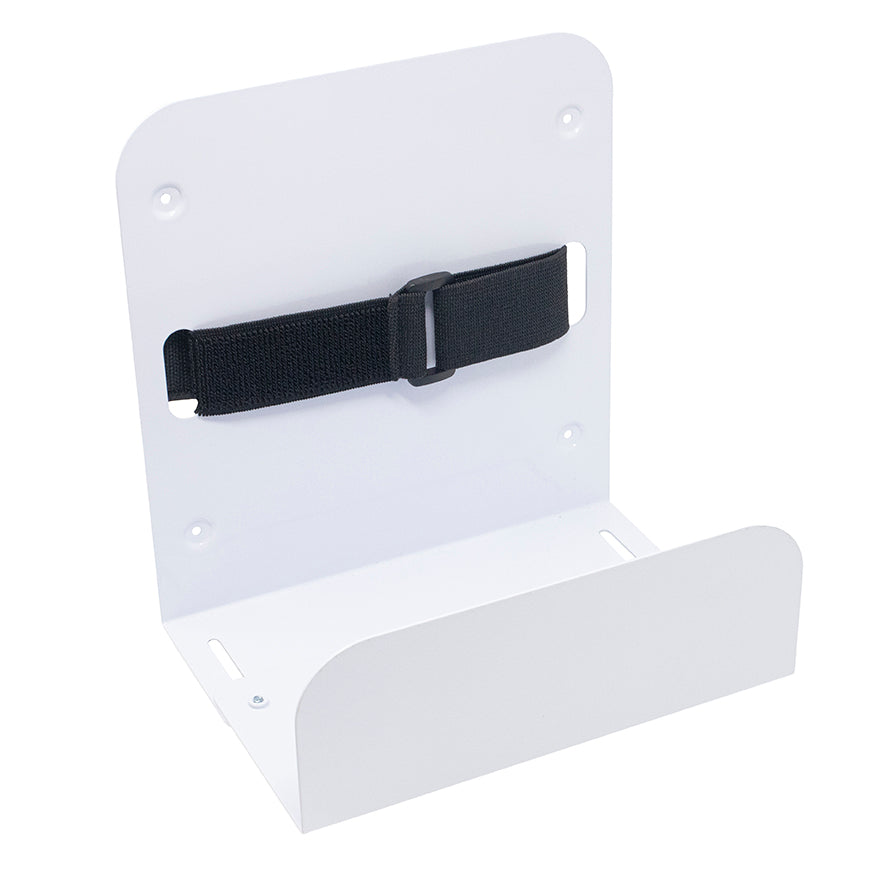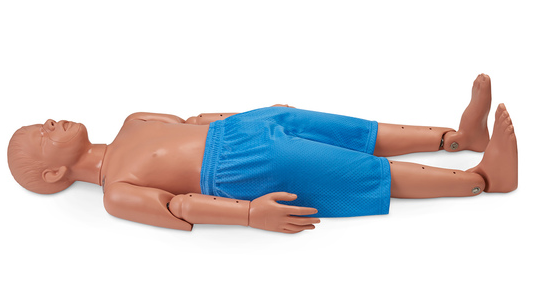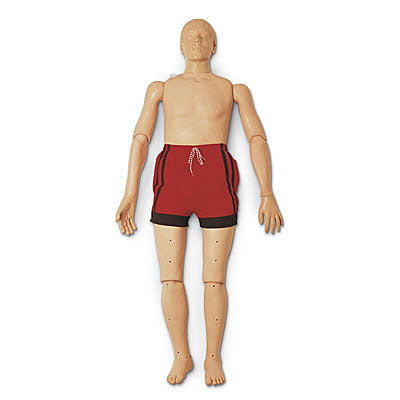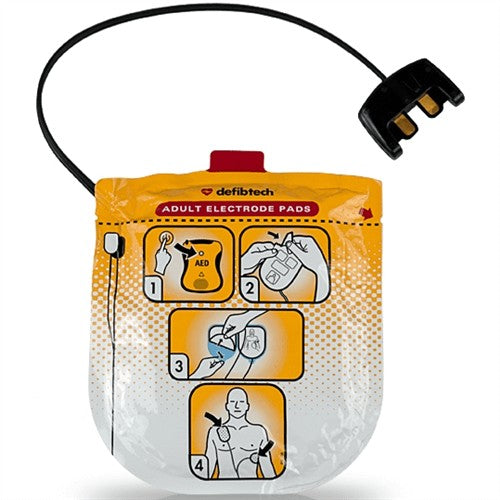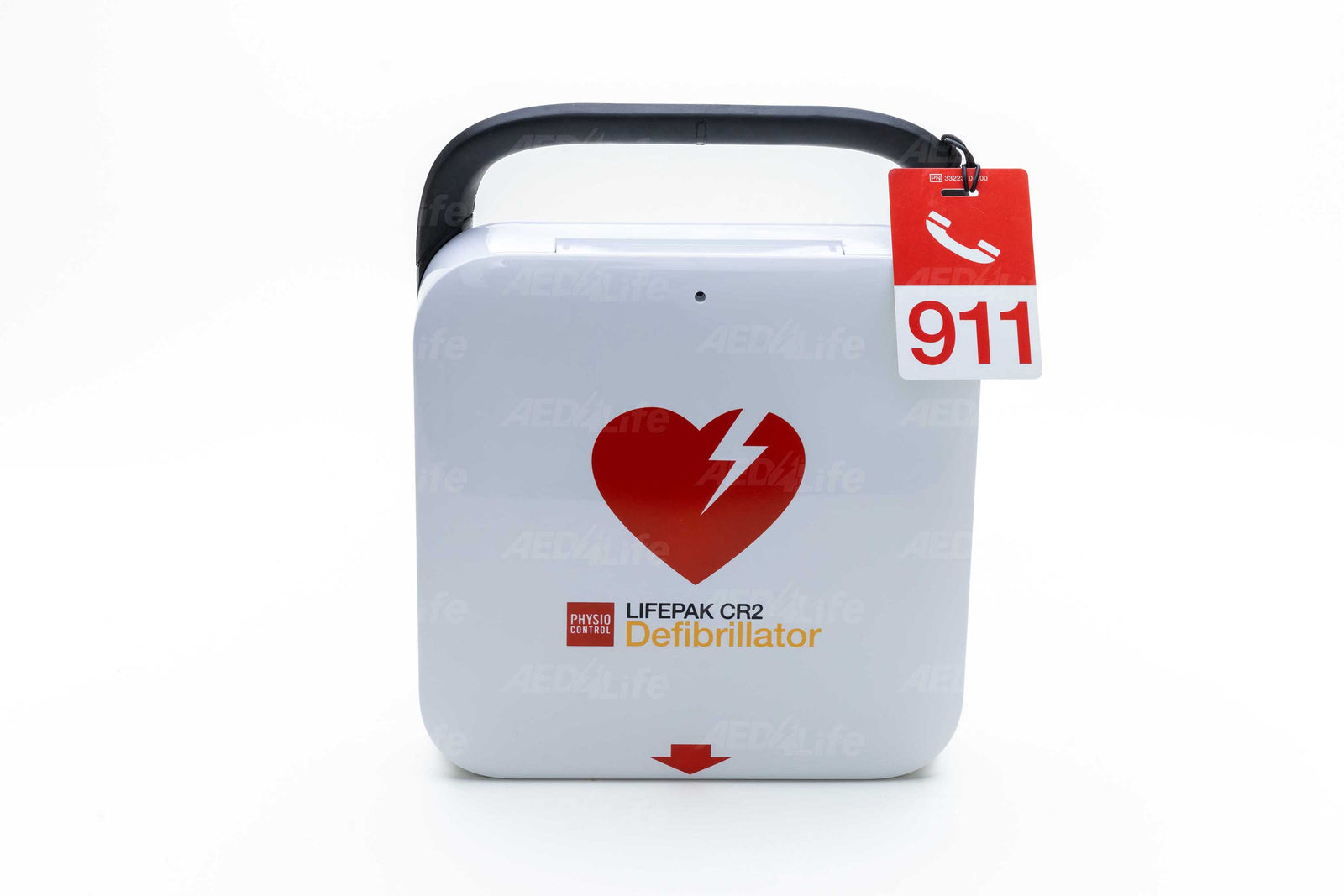LIFEPAK CR2 Bilingual ( USB Model)
In stock
What's included
-
LIFEPAK CR2 AED with 8-year Warranty, with Metronome and CPR Coaching
-
One set of 4-year Adult/Child Electrode Pads
-
4-year Lithium Battery
-
Carry Handle
-
FREE AED Management. Notification of expiring supplies and ongoing customer support to make owning and maintaining your AED simple.
Description
Features
- Layered, easy to follow design
- QUIK-STEP electrodes for both adult and pediatric patients
- Faster time to first shock
- Bilingual
- Child Mode button
Sudden cardiac arrest (SCA) can happen to anyone—anywhere. Immediate treatment is vital. A victim’s chance of survival dramatically decreases for every minute without treatment. That’s why public access defibrillators are so important. They put lifesaving technology where it can do the most good. So when an emergency happens, you should have nothing less than the best.
Designed for user confidence
CR2 will keep the rescuer focused on what really matters—saving a life.
Layered design
Layered design with easy to follow bold graphics. Both trained and untrained AED users clearly know how to begin.
QUIK-STEPTM electrodes
Peel directly off the base for faster placement.
Available in Bilingual ( 99512-001410)
Toggle between two pre-set languages when using the device.
Child Mode
Child Mode button delivers lower energy levels appropriate for young children without having to change electrodes.
Metronome and CPR coaching
Quickly sets an effective pace and audibly guides users.
ClearVoiceTM technology
Detects background noise and adjusts tones and voice prompts to ensure they can be heard clearly in noisy environments.
Highest available escalating energy
Up to 360J for more effective shocks as needed.
LIFEPAK TOUGHTM
IP55 rating for challenging environments.
8-year warranty
Backed by an 8-year warranty.
Other Details
| Warranty | 8 years |
| Battery Life | 4 |
| Pad Life | 4 |

